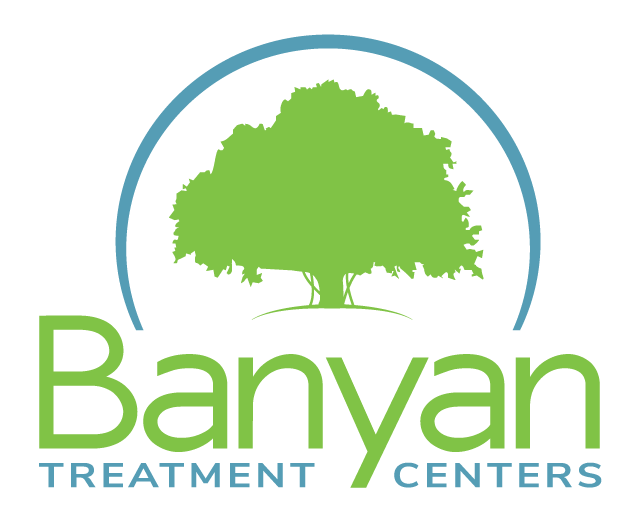For people who work in emotionally stressful professions, it is common to hit a certain point that makes them question whether they wish to continue. Whether it is because of the conditions they work in, the content of the work itself, or how many hours they work each week, it can become harder and harder to not take the conditions of work home at the end of the day because of how much it emotionally affects them. Recent years have seen a rise in different terms used to describe these instances and understanding their differences can aid in learning how to identify and overcome them. Banyan’s Heartland treatment center is comparing compassion fatigue vs. burnout.
The Difference Between Burnout and Compassion Fatigue
While both scenarios will negatively affect workers in several professions, there are some key distinctions between compassion fatigue and burnout.
First, burnout is a phrase that refers to general exhaustion that results in a lack of interest in one’s work, profession, or other personal endeavors. This lapse in devotion could be due to poor work culture, negative relationships with coworkers or superiors, or even just the job itself. On the other hand, compassion fatigue is the name for the negative emotions that workers experience from aiding people through their job. This is most common for workers in typically traumatic lines of work, like first responders and healthcare professionals.
Second, what has impacted the development of a person’s condition should be considered. In the case of burnout, it is the impact of a stressful workplace or conditions, while for compassion fatigue, it is the impact of helping people in vulnerable positions.
Third, it will usually take less time to recover from compassion fatigue than it will for burnout, so long as it is addressed early enough.
Finally, burnout will usually develop over an extended period as different work-related tasks continue to pile up and take a toll. Alternatively, compassion fatigue can develop rapidly, even after just one experience that saw them dealing with traumatic scenarios.
The 5 Stages of Compassion Fatigue
Now that we have discussed the main differences between compassion fatigue vs. burnout, it is also worth exploring the former scenario in more detail. Our Gilman, IL, Banyan rehab is no stranger to trauma and the negative spiral it can lead to when left unaddressed.
Below are descriptions of the 5 phases in the compassion fatigue scale:
- The Zealot Phase: As the name suggests, this is typically the stage granted to fresh-faced workers fueled by enthusiasm and passion for their job. A person in their zealot phase may be more likely to put in overtime, take on extra tasks, or other engage in methods that highlight their desire to be a part of their career.
- The Irritability Phase: This is when that worker could start to lose traction in their initial enthusiasm. Whether it is avoiding certain clients or cutting other kinds of professional corners, the warning signs of this stage should not be ignored.
- The Withdrawal Phase: At this phase, feelings of defeat and a general loss of enthusiasm are common. As emotional exhaustion continues to set in, a person may begin to pull away from loved ones and find much of their job to be a blur.
- The Zombie Phase: The name says it all. For a person at this phase, the disconnection from their family, friends, and coworkers should serve as a clear red flag. Their ability to empathize has reduced, leaving a person feeling like they are on autopilot most days.
- Pathology & Victimization vs. Maturation & Renewal: This is the point where most people will reach a fork in the road. One road will lead to complete withdrawal from the profession, where physical and emotional exhaustion has effectively driven the employee from the job they once loved. The other sees acceptance and acknowledgment of the impact these experiences have had, after which the person can effectively address their health and resiliency.
By understanding the warning signs of each phase, workers may be more likely to get the necessary care before it escalates into a greater issue. Otherwise, they may be vulnerable to more unhealthy coping mechanisms, like substance abuse or other forms of self-harm. To combat this, Banyan offers Illinois addiction treatment programs that can address said dependency and aid these patients in reevaluating what the right step is in their lives. With a wide range of substance-specific options, our patients can rest assured that our team of professionals will address their troubles through our effective therapy methods.
If you or someone you care about needs Heartland drug treatment, call Banyan today at 888-280-4763 to learn about our care levels.
Related Reading:








